MISA is a Vietnamese software company that pioneered in bringing products “to the cloud” and selling software as a service (SAAS) such as Microsoft 365, Salesforce… Thanks to “going to the cloud”, this company has consolidated its dominant position in the field of accounting software and has the conditions to expand into other fields.
Until SAAS (software as a service) became a trend in the world, how did MISA develop from a single accounting software to a subscription-type service software?
In 2009, I went to the US to attend a conference where I heard people talking about cloud computing, the trend of cloud in the new era. At that time, I didn’t understand much of what I heard, but I found it interesting.
After that, I went back and told the MISA technical team that we had to do cloud now. At that time, MISA brothers also shared, if we don't know what cloud is, how can we do it? So I gave them 1 month to research, 3 months to try it out, and 6 months later MISA had a test product.
It must be said that doing cloud is an extremely big challenge for traditional software developers, especially for companies that were software companies and were successful before 2010 but switched to cloud.
Young people now graduate, the basic knowledge, concepts, and models to work on cloud are very easy and available on the market. But when MISA transformed, it was very difficult. Almost no one in the country did it, even abroad, very few people did it. Abroad, there are only a few successful companies such as ZoHo, Salesforce, Google... many other companies are only in the initial research stage.
In the past, when deploying packaged software, we only needed to transfer the software to the customer and then the customer installed it on their computer, we didn't need to care, it was no longer within our scope. But switching to the cloud, we had to store it on a data center. Not to mention, in the period of 2010-2011, Vietnam had very few data center service providers, so MISA had to build it itself.
So back then, the first challenge was hardware, building a data center. I called all the computer vendors at that time to present how to build a data center. Until now, every year MISA still regularly invests about 100 billion VND in data centers.
The second challenge is information security. In the past, if customers left their data on the LAN, the worst they would do would be to get a virus, but now when data is uploaded to the cloud, the story is different. There are companies that do software very well but they do not know that hackers are coming in and out of their systems every day. Recently, we established an alliance called CYSEEX, which brings together many companies that work in the cloud to conduct exercises to improve their cybersecurity defense capabilities.
Many companies are very proud of the security of their systems, after the drill their bosses were shocked because the network was attacked in many places, data was at risk of being stolen by hackers. So the biggest challenge in the cloud is security. I can only be proud that today I am still standing strong, still surviving, but I cannot say that tomorrow I will still be safe. The war on information security is terrible, and it is getting more and more terrible.
The third challenge comes from operations, how to operate continuously because the cloud is a 24/7 server, whenever the cloud goes down, hundreds of thousands of customers will be affected.
These 3 challenges are so big that small companies when they first switch to the cloud cannot easily overcome them, because they have to invest millions of dollars without knowing where to go. At that time, I determined that it was the future, so I focused a lot of money to invest in the cloud.
How does the successful move to Cloud impact MISA's development?
Going cloud will give MISA two advantages. The first advantage is the annual payment fee. In the past, when selling packaged software, it took 3 years for you to be able to sell an upgrade, but now customers pay us annually. MISA is a domestic unit, a pioneer in annual payment software. This helps MISA have a steady revenue to invest in product development.
Second, the cloud converges a lot of data and operations, creating conditions for MISA to develop other applications for businesses. In the past, customers had to buy different software from different companies.
Each department will have its own software and are almost not connected to each other. MISA since 2010 has introduced the first concept in Vietnam, which is the unified enterprise management platform MISA AMIS, which helps departments and data connect to each other.

In addition to accounting software, MISA also develops restaurant management software and has achieved good results. What factors help MISA create such a successful CukCuk?
CukCuk now has about 20,000 large customers using it. At first, CukCuk aimed at small, simple restaurants along the street. Initially, it sold to nearly 40,000 customers, but then I realized that this market could not grow any further, so I stopped immediately.
Because street food restaurants in Vietnam close down on average 35-40% a year. Just calculate, if I sell to 100 restaurants, no matter how good the product is, by the end of the year I can only keep 55-60 restaurants, and next year another 35-40 restaurants will close down.
Meanwhile, MISA hardly received much profit from new customers. Therefore, CukCuk had to change its approach to target large customers, large restaurants that often exist for 50-60 years or even up to 100 years.
In the past, when we first created the first version of CukCuk, the MISA team had a trial application for a restaurant. After deploying it, I felt it was not good and threw it away even though it had taken 6-7 months of effort to build.
Continued to build the second version, deployed to many restaurants but I felt the development ability was not really good so I had to scrap it and do it again. Every time you rebuild a product, you throw millions of dollars out the window. Many companies do not make packaged software products for this reason.
Do you regret "throwing so much money out the window" like that?
When I started making a product, the only thing I cared about was not money. I cared about the fact that when the product was deployed to the customer, they would exclaim, “Wow, this is great, this is exactly what I needed.”
If you don’t have a good product, no matter how economical you are, when you sell it to the market for 10 dong, you will lose 20 dong to maintain and fix the product. It’s better to be brave and throw it away so you don’t lose any more money.
So, when do you know your product has reached quality, what is the measure of that?
Our yardstick is customer satisfaction. Even without measuring it by customer surveys, it is easy to recognize because if there is an incident or the quality is not good, the chairman and the board of directors will receive a complaint call in the middle of the night. If the chairman does not get called, it means the product is good enough (laughs).
All the company's tests and evaluations are important but they cannot compare to customer satisfaction. With hundreds of thousands, tens of thousands of customers using it, the pressure is terrible.
Among MISA's 50 software products, which one do you think is the most successful recently?
In the 15 years I have been directly working and selling software, one of the recent products that MISA has been very successful in is electronic invoices.
At first, when the General Department of Taxation started with electronic invoices, MISA did not participate. One day, suddenly, the General Department of Taxation announced that now the whole society would use electronic invoices. At this time, MISA was 5 years behind other competitors.
I immediately gathered the group, formed a team with a deadline of 6 months to launch the electronic invoice product. Exactly 6 months, MISA had the product and within 1 year, the product rose from being unknown in the market to the number 3 position and is currently the number 2 position and will be the number 1 position. Until now, MISA is the company that owns the most valuable customer base for electronic invoices.
Maybe, some units say they have 200,000 businesses using electronic invoices but the businesses are mainly newly established startups, not using many invoices a year. MISA owns a customer base that pays a lot of taxes, has more invoices.

A software company but the CEO who served two consecutive terms is not an engineer but an accountant. Why did the Board of Directors and you make such a strange choice?
Many people are surprised that MISA's leader is not an IT person. Actually, if there was a leader who was both good at technology and business and good at work and management, it would be perfect. But in reality, that is too difficult.
MISA follows the American management style, we divide the work into different separate parts. MISA's principle is to work in groups, whoever is good at something does that. The General Director who is best at business does business. Software issues are resolved by the Deputy General Director in charge of production.

With a rapidly growing workforce, what factors does MISA's culture focus on?
We believe that working in the technology field requires learning quickly and changing quickly. Everyone from the boss to the employees is ready with that mindset. Those who cannot withstand the pressure of change cannot stay at MISA.
Those who have been working and sticking with MISA for a long time will see change as a natural thing because it is a different culture here. We believe that all the successes in the past can be barriers in the future, so we need to constantly change.
Besides, MISA always emphasizes working hard and focusing on getting things done thoroughly. Leaders must also be proactive, uphold discipline and be exemplary.
In addition, MISA always believes in taking customers as the center, not products or technology as the center. We believe that we must solve customers' problems, speak the customer's voice, understand customers' thoughts to create more value for customers.
Our point of view is that the customer is always right. Serving customers in a way that for any reason causes misunderstandings leading to customer dissatisfaction is our fault. Employees with bad attitudes towards customers are not suitable to work at MISA.
After many years of building MISA and bringing the company to a position in the market, what is your new dream with MISA now?
I still want to maintain the core values and mission of MISA, which is to help companies, businesses, organizations, and individuals in Vietnam in the field of accounting and tax declaration. This is a core point that MISA certainly never takes lightly.
Besides, in an era of data and cloud, MISA will not only be a tax declaration and accounting software but will become a company providing comprehensive business management tools but still in the form of packaged software.
MISA is currently investing in a number of projects for the future, such as the MISA ASP Platform – helping accounting units provide accounting and tax declaration services for micro-enterprises and individual households. In addition, we are looking to develop data services, helping MISA customers access loans and credit more easily. Although this segment has not yet brought in significant revenue, the results show that it will be successful in the future, helping SMEs to borrow capital.
The MISA Lending platform was only launched in October last year, but the disbursement number has increased significantly, with a cumulative disbursement of more than 1,000 billion to businesses to date.
MISA's revenue has exceeded 1,000 billion VND, so when do you expect MISA to reach the new milestone of 10,000 billion VND?
If Vietnam’s economy continues to grow as it has in recent years, I think MISA can reach 10,000 billion in 5 years. But if the economy declines, it will be difficult to achieve this goal because the software industry is still a “floating water” service industry.
Thank you!
Source



![[Photo] President Luong Cuong awarded the title "Heroic City" to Hai Phong city](https://vphoto.vietnam.vn/thumb/1200x675/vietnam/resource/IMAGE/2025/5/13/d1921aa358994c0f97435a490b3d5065)
![[Photo] Prime Minister Pham Minh Chinh receives Ambassador of the French Republic to Vietnam Olivier Brochet](https://vphoto.vietnam.vn/thumb/1200x675/vietnam/resource/IMAGE/2025/5/13/f5441496fa4a456abf47c8c747d2fe92)

![[Photo] President Luong Cuong attends the inauguration of the international container port in Hai Phong](https://vphoto.vietnam.vn/thumb/1200x675/vietnam/resource/IMAGE/2025/5/13/9544c01a03e241fdadb6f9708e1c0b65)
![[Photo] Many people in Hanoi welcome Buddha's relics to Quan Su Pagoda](https://vphoto.vietnam.vn/thumb/1200x675/vietnam/resource/IMAGE/2025/5/13/3e93a7303e1d4d98b6a65e64be57e870)
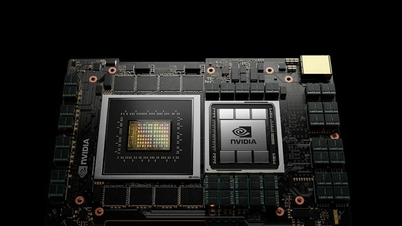
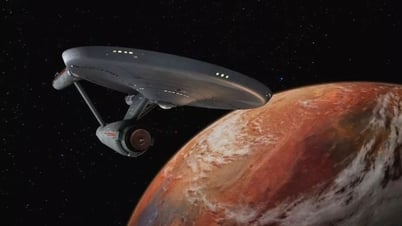
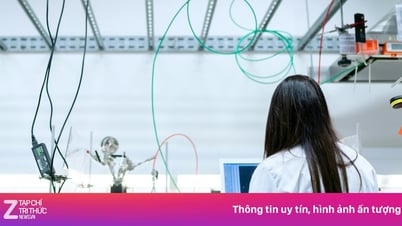
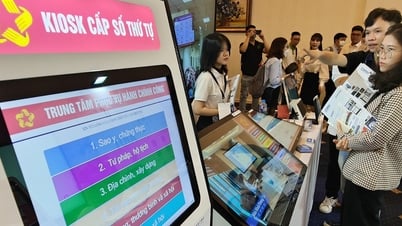






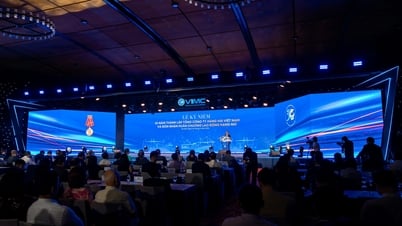
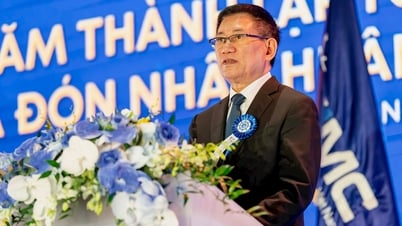


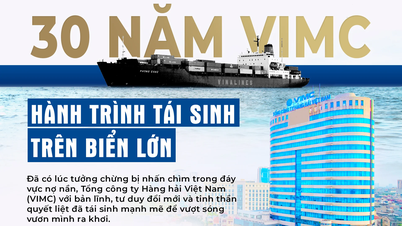








































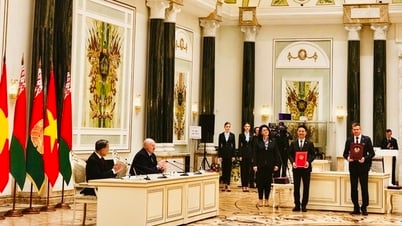












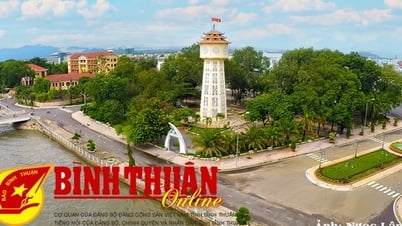

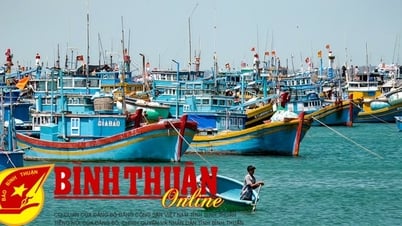












Comment (0)